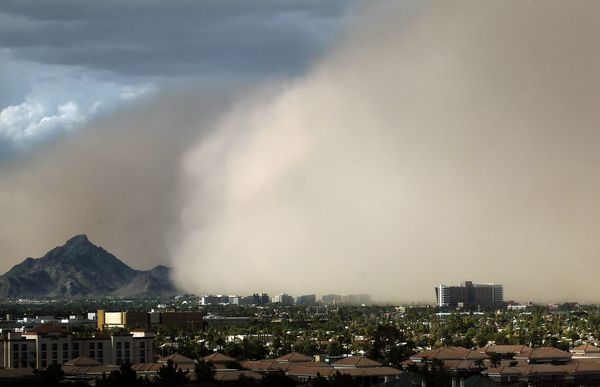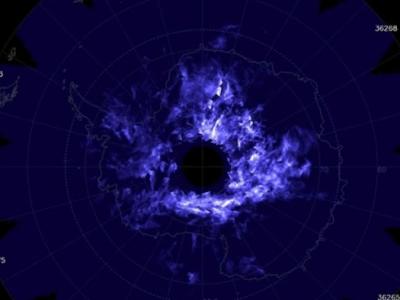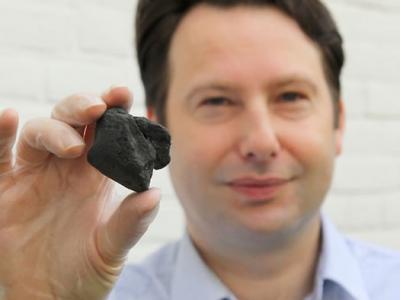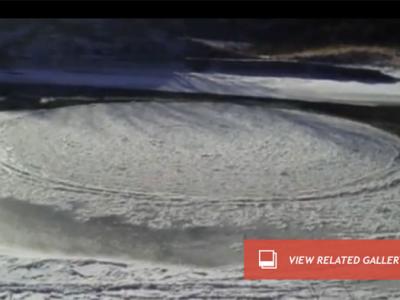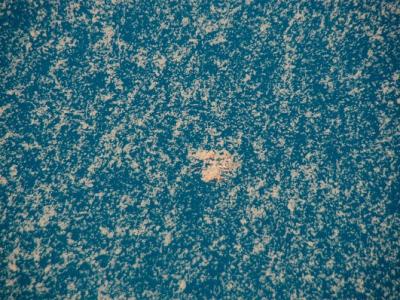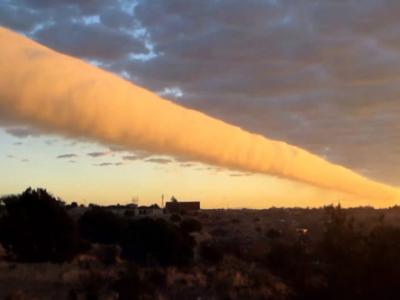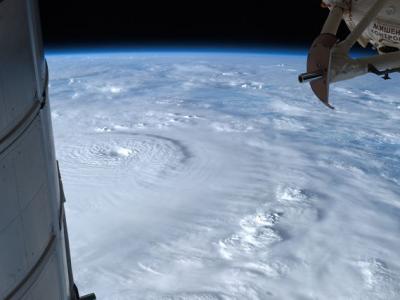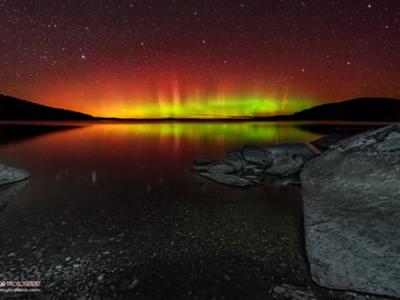American West Becoming Increasingly Dusty
A massive cloud of dust looms over Phoenix, Arizona, during a dust storm in July 2012.
The American West is becoming an increasingly dusty place: So-called "dust emissions"—including giant dust storms reminiscent of the Dust Bowl era—have increased in the past 17 years, according to a new study.
Scientists understand only some of the reasons for the surge.
"About half of the changes [we see] are due to drought and high-wind events. We're seeing more of these larger storms that can move dust," said Jason Neff, a geological scientist at the University of Colorado at Boulder and a co-author of the study. "The other half [of dust storms we see remains] unexplained, but candidates include off-road vehicle use, oil and gas development, urban and rural development, and grazing."
In the new study, published online in the journal Aeolian Research, Neff and his team calculated the amount of dust blowing across the United States by estimating the amount of calcium-containing dust particles colliding with water droplets in the atmosphere.
When water droplets and dust particles collide, more rain falls, which means more calcium deposition on the ground.
The researchers found that during the 17-year study period, calcium deposition increased across the U.S., especially in the Northwest, the Midwest, and the Intermountain West, which includes Colorado, Arizona, and Utah.
They concluded that the increase in calcium deposition was probably caused by dust erosion after ruling out other possible sources of atmospheric calcium, such as forest fires, industrial emissions, and ocean spray.
There are environmental and health impacts related to having more dust in the air—but not all of them are bad. Here are five noticeable effects of increased dust emissions.
Faster Snowmelt
When dust is blown over mountain snowpacks, as is often the case in the Rockies, the dark particles decrease the snow's ability to reflect sunlight. As a result, the snowpacks absorb more heat and melt faster and earlier in the season.
"It changes the timing of the freshet"—flooding caused by melted snow—"which can have a lot of knock-on consequences for the ecosystem," said Janice Brahney, a doctoral student at the University of Colorado at Boulder and first author of the study.
Reduced Visibility
Dust storms can reduce visibility—sometimes with deadly effects.
In northern Nevada this week, a 27-car wreck that killed one person was blamed on a dust storm that created "whiteout conditions."
Nourishing Alpine Ecosystems
Dust storms can also help carry soil nutrients such as phosphorous to high-altitude alpine areas in the mountains.
"Dust tends to fall in mountain regions because [mountains are] natural barriers to transport," Brahney explained.
"A lot of alpine areas are typically very low in nutrients. This addition of dust nutrients can start to change the ecology for some systems."
Soil Buildup
Given enough time—on the scale of about 10,000 years or so—the particles deposited by dust storms in the mountains can build up into a soil layer. Previous work by Neff has shown that soil particles in the Colorado Rockies originate from as far as Utah, northern Arizona, and Nevada.
"In the mountains of Colorado, about one-quarter of the soil that you find in high-elevation settings is actually dust," Neff said.
Acid Rain Neutralization
Dust can also help cancel out the effects of acid rain. That's because calcium in the dust can react to neutralize chemicals such as nitrous oxide and sulfur dioxide that are released into the atmosphere by industrial emissions.
"In areas where acid emissions are increasing, acid [rain] is decreasing. That's because we're also increasing dust emissions," Brahney said.
Spike in Respiratory Problems
In addition to soil particles, dust storms can also transport toxins, pesticides and fertilizers, and heavy metals—all of which can cause respiratory problems if inhaled.
The U.S. Centers for Disease Control and Prevention (CDC) also recently issued a warning about an alarming rise in the southwestern states of valley fever, a respiratory infection that is caused by a dust-borne fungus.
Neff doesn't think it's a coincidence that the regions where the incidence of valley fever has increased are also those that have seen the biggest spikes in dust emissions.
"Most of our focus on air quality and particulates is for urban areas," Neff said. "I would say that to some degree, we've left behind those rural areas in the United States where people are exposed to natural soil particles."
Ker Than
National Geographic News
Published June 12, 2013
